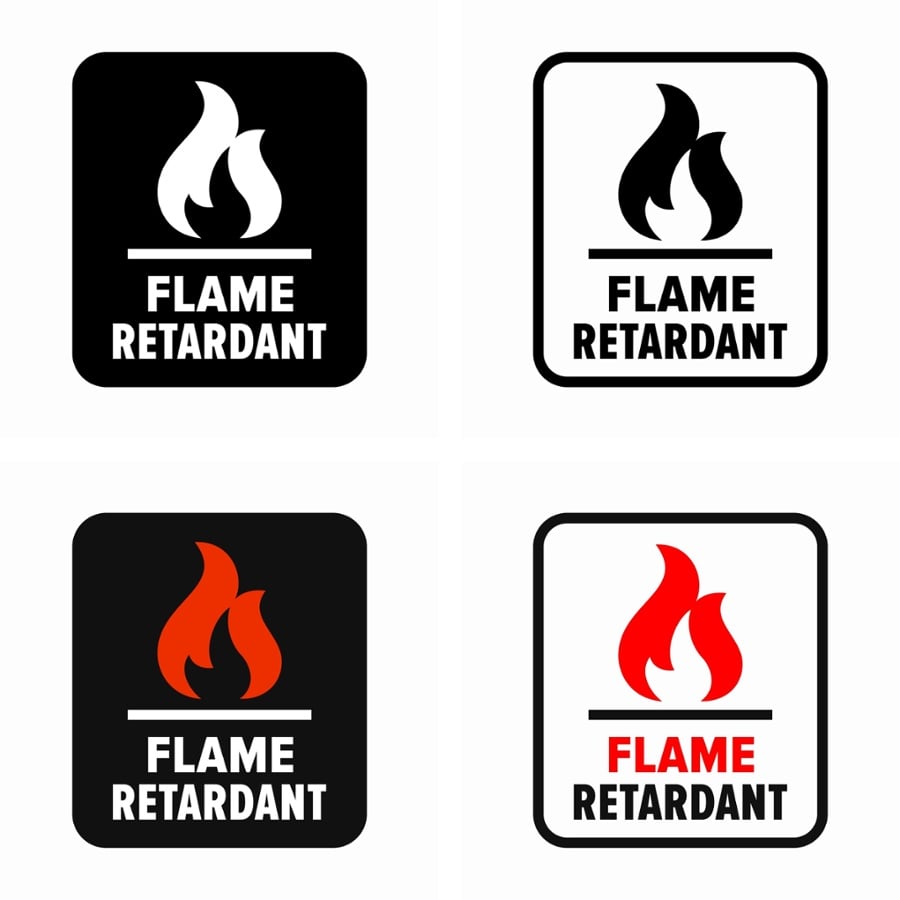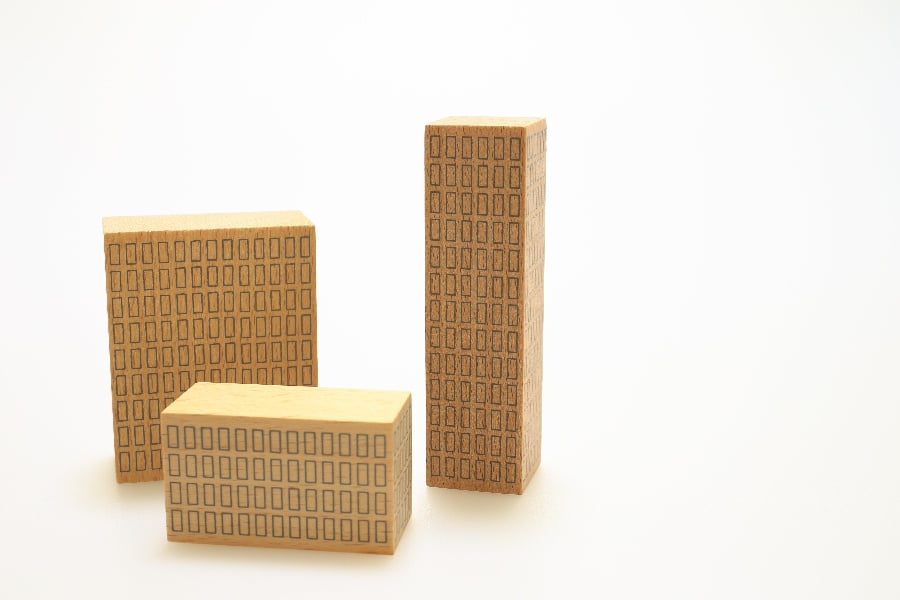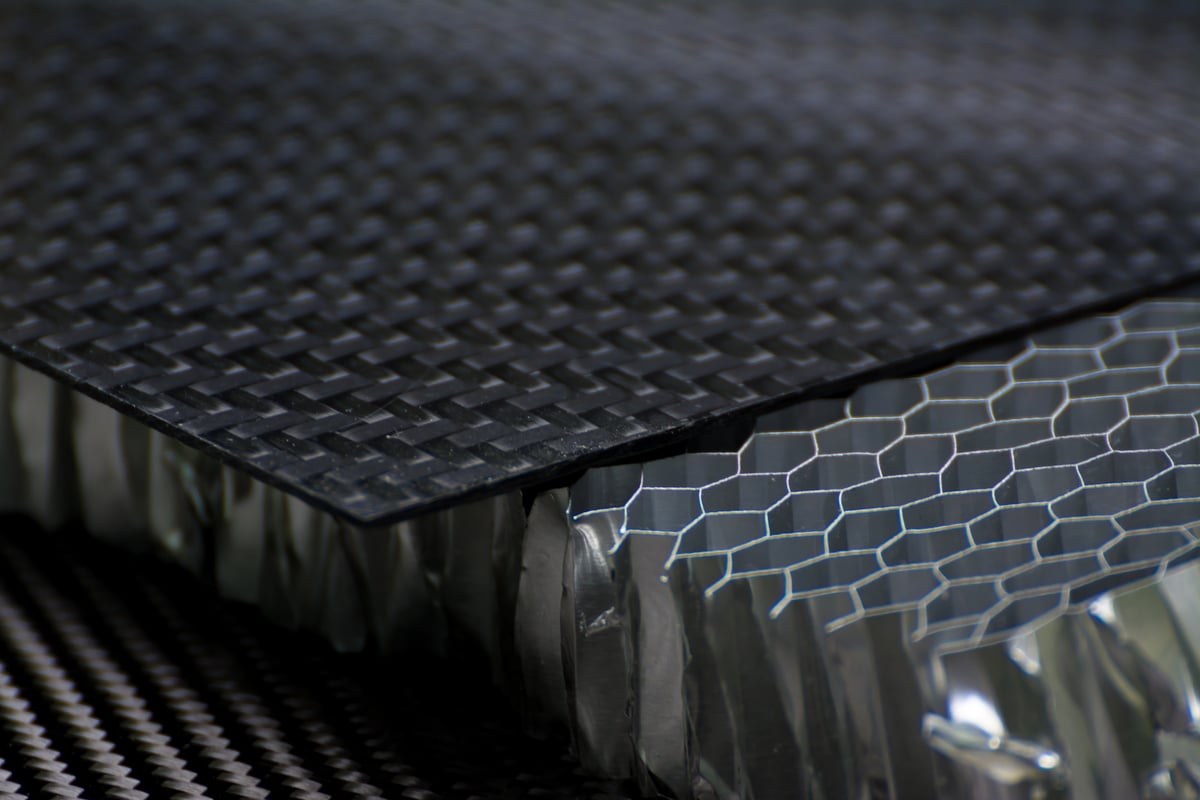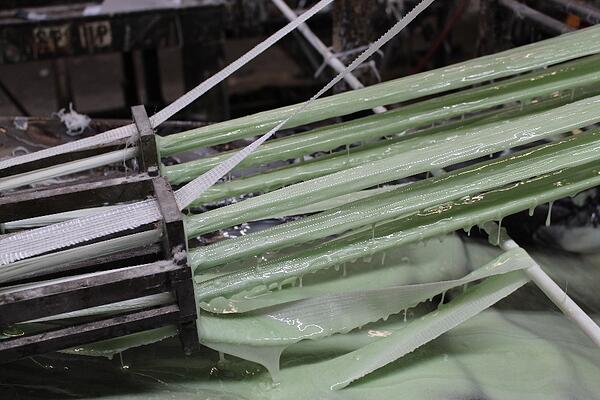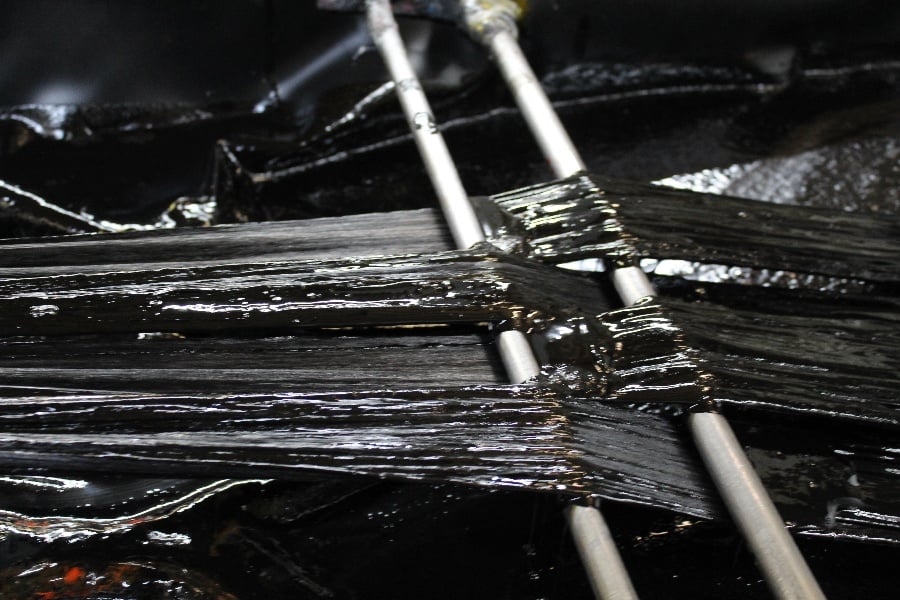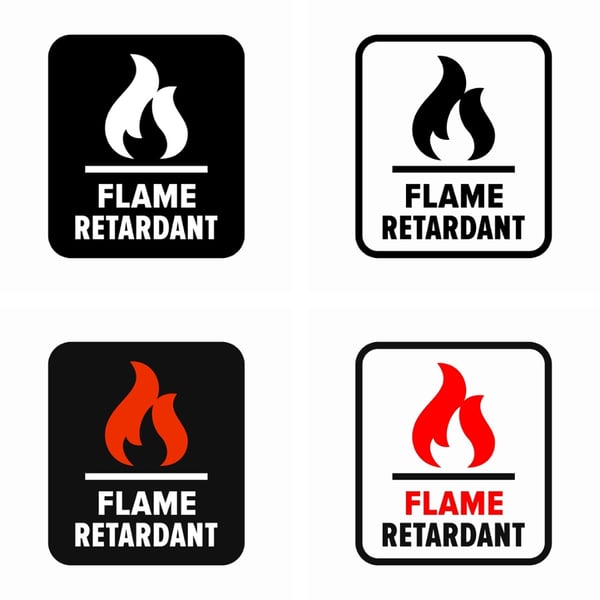
Whether at home or at your business, few events are more terrifying than a fire. Fire losses can be utterly devastating, both in material loss and the risk of casualties faced by workers.
In large scale fires in urban and manufacturing areas, the chemicals released in smoke can be highly toxic and increase the long term harm caused by a fire.
When developing new consumer products, retrofitting an existing building, or launching a new construction project, you should consider whether or not the parts you are using have flame retardant properties.
Markets in rail and marine transportation as well as construction markets have long been clamoring for fire resistant products. Even the auto industry has seen a growth in demand for products that retards fire.
This demand is driven by the development of electric vehicles and increased penetration into the fire-conscious rail, marine and construction markets.
This post will outline the benefits of fiber-reinforced polymers (FRPs) and the safety benefits in building or retrofitting your projects in industrial and mechanical settings.
What Is A Flame Retardant?
A flame retardant is a chemical that is applied to materials to slow or prevent the start or growth of a fire. Flame retardants can include anything from water to fire extinguishers to physical barriers that smother flames, such as fire blankets.
Flame retardants may not completely extinguish a fire, but rather reduce its intensity or slow the spread of fire to additional areas.
These can include chemicals sprayed onto a material or surface after manufacture to improve flame retardancy in otherwise flammable materials, such as wood, paper, and fabric.
It is important to note that there is a difference between flame resistance and flame retardant. A flame resistant or fire resistant product is intended to maintain integrity when exposed high temperatures and to fire.
A flame retardant is meant to not necessarily stand up to high temperatures, but rather assist in resisting the growth of fires when they occur by blocking potential fuel and suffocating flames.
How Are Pultruded Products Made Flame Retardant?
FRPs are manufactured by using glass strand mats combined with resins. Unlike materials like wood and fabric that require additives to be sprayed on after manufacture, FRPs can have fire resistant and flame retardant properties infused directly in production.
The pultrusion process takes the reinforced fiberglass mats and washes them through a resin bath, impregnating the fibers with resin before extruding the reinforced plastic through a die to be formed into parts such as rods, angles, channels, and poles.
The resins used to bathe the glass fiber mats can feature a wide variety of additives to enhance their durability and offer additional benefits, such as fire resistant and flame retardant properties.
Flame retardants in FRPs work by releasing chemicals when they are exposed to fire and begin melting.
These chemicals create either a char layer that smothers the flame and protects the internal composite from further damage, or releasing gaseous chemicals that deprive the flames of oxygen to smother them.
Regulations Surrounding Flame Retardancy
In the United States, the National Fire Protection Association (NFPA) sets fire code intended to reduce the risk of fire damage and reduce the risk of fire-related losses.
Many of these codes are specific to where and how fire extinguishers should be available, what types of fire systems buildings are required to have (such as sprinklers), and how many people are permitted in buildings.
The NFPA also sets standards for the requirements for flame retardancy in consumer products and building materials, as well as acceptable levels of toxicity for smoke and fumes related to fire retardant products.
The NFPA publishes and regularly updates a full list of fire codes, many of which are adopted into state and local law enforceable by fire marshals.
Even if these codes are not law in your area, it is highly recommended that you follow these standards to improve general safety, especially in industrial and mechanical settings.
Applications of Flame Retardant Pultruded Products
Ultimately, the application possibilities for fiber reinforced plastics are endless. Numerous studies have been conducted to identify the best possible additives for composite production to improve both flame resistance and flame retardant properties.
At Tencom, our FRP products and specialty resin formulations are able to withstand temperatures from -50° F to 450° F. For temperature resistance, we use high temperature vinyl ester resin, with an extreme temperature resistance of 200° C (roughly 400° F).
For flame retardants, we leverage both fire retardant polyester resin and vinyl ester resin, both of which offer unique versatility and corrosion resistance. Additional additives include high strength epoxies and polyurethanes to improve strength and fatigue resistance.
There are also pultruded products for ultra-high temperature applications. Such fiberglass-reinforced profiles have given test results of 575°F (302°C) for Glass Transition Temperature (Tg).
· Ultra-high Tg material.
· Highest Tg pultruded material ever tested
· Super high temperature pultruded fiberglass.
In addition, Tencom is able to supply to customers that have a need for higher temperature exposure. A difficult to obtain and in high demand for high-temperature use is for materials that will work at 200°C (392°F). We can also provide carbon-reinforced products that can also withstand higher temperatures.
Flame retardant FRPs can be created for virtually every scenario. Whether creating small parts in consumer electronics that protect individual users from power surges and spark risks, or replacing wood and steel in construction and civil engineering projects, or anything in between, FRPs offer safety, peace of mind, and regulatory compliance for a wide array of applications.
Benefits of Flame Retardant Pultruded Products
The performance of flame retardant pultruded products is measured through a variety of factors, directly corresponding to the benefits of the product in high-stress situations.
These factors include the ability to self-extinguish, reducing flame spread, reducing burn through, limiting both the volume and toxicity of smoke, and the ability to limit oxygen from a fire.
The risks of fire in public projects, trains, roads, automobiles, and manufacturing settings are high. Should a fire occur, there is a risk not only of financial loss, but also danger to workers and the public should a fire cause damage.
Because firefighters and first responders aren’t always available to immediately extinguish a fire, anything in the production process that mitigates potential future losses is extremely helpful.
In addition to flame retardant additives, pultruded fiberglass is non-conductive of both heat and electricity, reducing the risk of fires spreading or surges from electrical wires causing further damage. When appropriately reinforced, pultruded fiberglass becomes ideal for high temperature applications that other materials might not withstand.
If you’re ready to begin a new project or looking to enhance your current operations with pultruded FRP products featuring flame resistant or fire retardant resins, we are happy to work with you in order to develop the perfect parts and materials for your unique business needs.
Request a quote from us and we are happy to discuss specific requirements and the potential for custom pultrusions.

